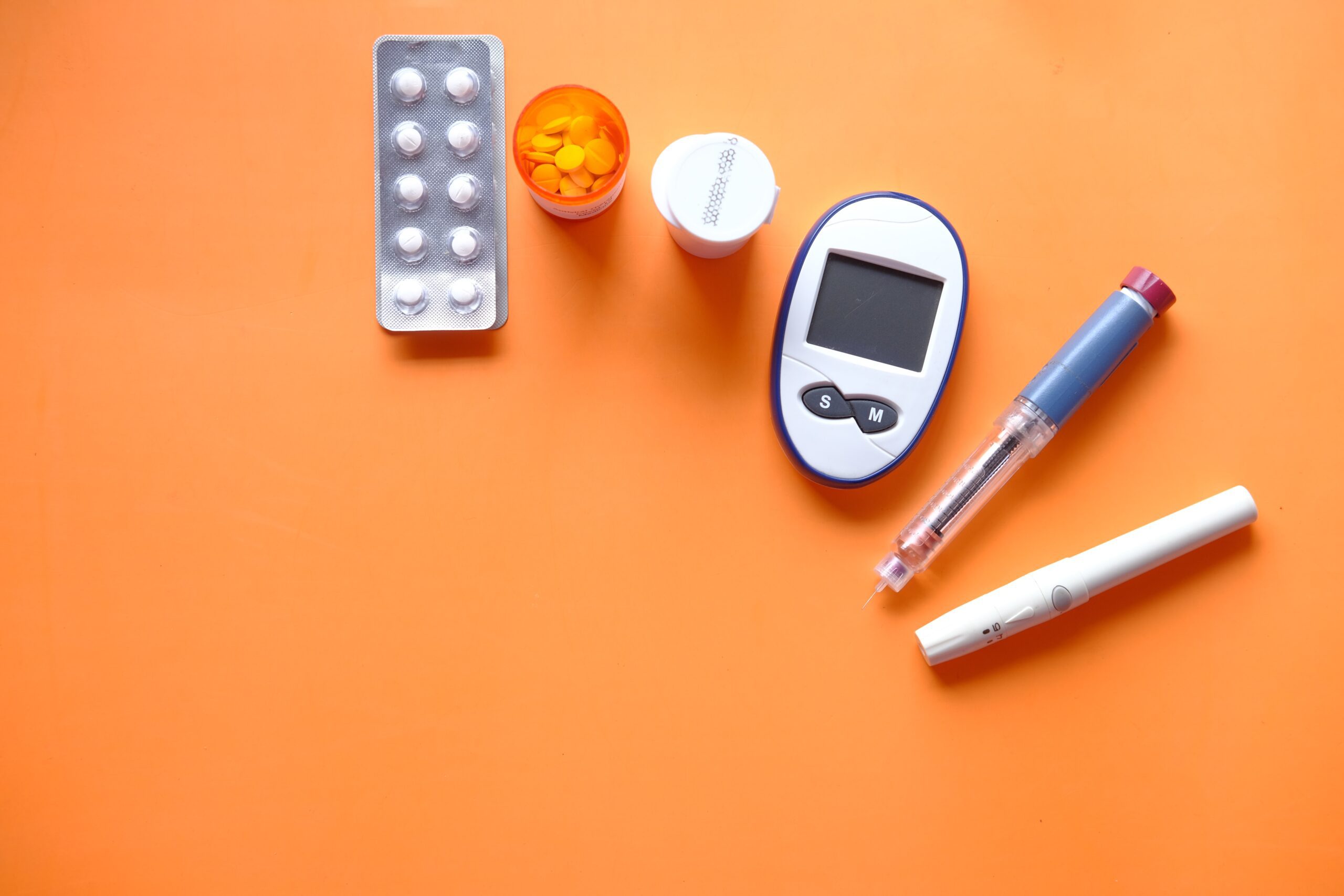November is American Diabetes Awareness Month, and there’s no better time for a refresher on the ins and outs of the condition. Whether it be those directly living with a diagnosis or their extended networks of friends and family, diabetes affects the lives of millions of us across the world. Better educating ourselves on the origins of the disease, the different forms it can take, and risk or mitigating factors can do wonders in working toward a more resilient future.
Diabetes is a chronic illness that results from the body’s inability to regulate insulin. When the body turns food into energy as glucose (blood sugar), it instructs the pancreas to release insulin, allowing glucose to enter the body’s cells as usable fuel. The condition is extremely prevalent in the U.S. About a 10th of the population (37 million) is estimated to have one form of diabetes, according to the Centers for Disease Control (CDC). This number includes roughly 7 million undiagnosed and unknowingly suffering from symptoms.
Prediabetes
Ninety-six million Americans are thought to have symptoms indicating a precursor condition known as “prediabetes.”
However, it isn’t uncommon for doctors to avoid an official diagnosis due to its prevalence. These symptoms include frequent urination, high appetite, blurry vision, feelings of numbness or tingling in extremities, fatigue, dry skin, and slow healing rates. If you’re experiencing these, consult a doctor.
Types of Diabetes
There are three major types of diabetes. Type 1 is the rarest, with about one in 20 U.S. cases. Where Type 2 is normally the result of the buildup of key unhealthy habits, Type 1 is typically inherited from birth and manifests between childhood to early adulthood. It is a permanent condition that requires daily self-monitoring to manage properly. This type presents an elevated risk of diabetic ketoacidosis (DKA), a potentially life-threatening situation when the body doesn’t get enough insulin to maintain the energy conversion process.
Type 2 is the culprit of 95% of American diabetes cases, with lifestyle being the most significant factor. Around 34 million people are living with the disease in the U.S, one-fifth without an official diagnosis.
Generally, Type 2 develops slowly, and it can take years for many to realize anything is out of the ordinary. Risk factors for Type 2 include being 45 or older, being overweight, getting physical activity less than three days a week, and having an immediate family member get diagnosed. The good news is that it’s often treatable to the point of being reversed.
Gestational Diabetes can occur during pregnancy. Like Type 2, the body doesn’t use insulin properly, and some risk factors are the same. It usually goes away after childbirth, but it does increase a woman’s risk for Type 2 diabetes in the future.
Treatment and Prevention
Of the estimated prediabetic 96 million Americans, the vast majority suffer unknowingly. Deciding when to move from relatively subdued lifestyle recommendations to actual treatment, including regular insulin injections, blood checks, and careful monitoring of daily carbs, should be made by a licensed medical professional.
Conversely, taking the advice given to prediabetics to prevent further progression is effective for anyone who hopes to remain healthy. The lifestyle changes include avoiding a sedentary routine, managing stress, managing weight, and healthy eating habits. Check out the American Diabetes Association for more information on Diabetes Awareness Month and activities.





